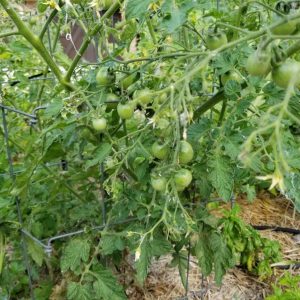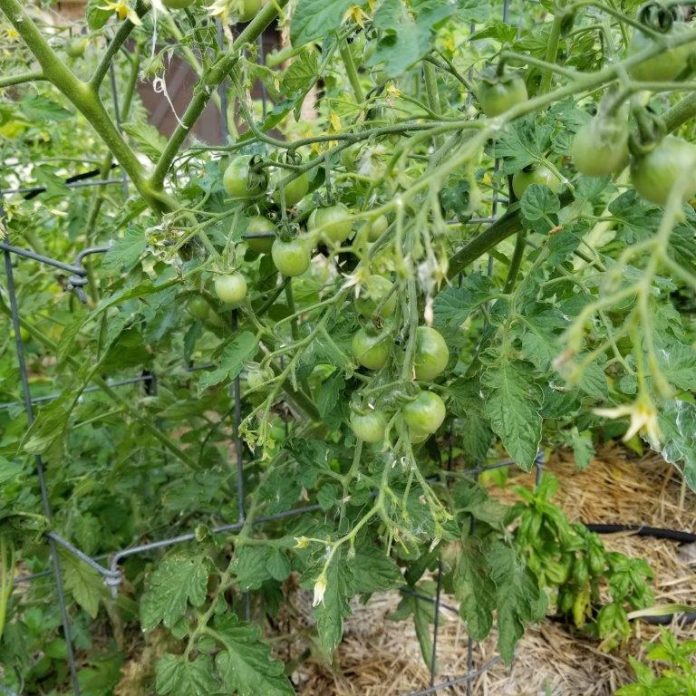 Water is a primary ingredient of photosynthesis, the chemical reaction that makes glucose, the sugar plant cells “eat” to stay alive. Among other things, water molecules transport sugar throughout the plant for consumption or storage. So how does water move?
Water is a primary ingredient of photosynthesis, the chemical reaction that makes glucose, the sugar plant cells “eat” to stay alive. Among other things, water molecules transport sugar throughout the plant for consumption or storage. So how does water move?
Water molecules (H2O) stick to each other mainly by means of their jumpy little hydrogen (H) atoms. Plant Know-It-Alls call this molecular force cohesion. Its sister force, adhesion, is stickier–think adhesive tape, ouch!
Because hydrogen atoms want to bounce around, they create pressure inside the water body, and the sticky molecules respond by flowing willy-nilly into any nearby empty spaces. If there is more space than water, the liquid seems to disappear. Remember Lake Lavon a few summers ago? If there is less space than water, things get waterlogged, and somebody has to open the spillway.
Heat up water, and its molecules break apart into hydrogen (H) and oxygen (O) atoms, the cool gases that formed it in the first place. With the right equipment it is possible to hear an audible click when a water molecule breaks apart.
Lighter than liquid, the gases or steam defy gravity, and float. We call it water vapor. The rising gases from the chemical reactions inside a plant push its water around.
About 95% of the water a plant absorbs is later released into the air as hydrogen and oxygen gases. One acre of healthy, growing corn, for example, gives off around 400,000 gallons of broken down water in a growing season.
Water molecules accomplish four major tasks for a live plant.
- They cause root cells to swell and move into local soil to absorb water and chemicals.
- They transport sugars throughout the plant for consumption or storage.
- They raise and lower pressure in cells to admit and expel gases from the plant.
- They evaporate on leaf surfaces to cool the plant which has an optimum working temperature.
Gardeners take advantage of water’s ability to move by soaking soil and decomposing matter around roots. The liquid flows into the empty spaces between soil particles and rotting compost and root tissues then moves skyward through plant tube structures and veins, watering living cells here and there along the way.
Leaves possess microscopic holes called stomates, about 400 per cubic millimeter of leaf surface to be exact. Stomates emit carbon dioxide, a gas animals exhale. Sugar, remember, is concocted with carbon dioxide and water.
Stomates are two-way doors that also release the gases of broken down water. In the early morning you can see hydrogen and oxygen hovering over plant leaves as white water vapor. The steam eventually cools into pale clouds that drops back to the ground as water to start the process all over.
Contact the writer at [email protected]










.jpg)






